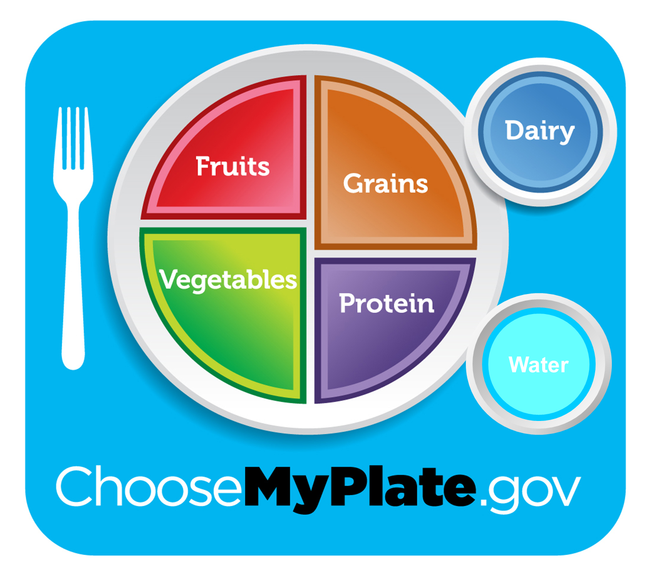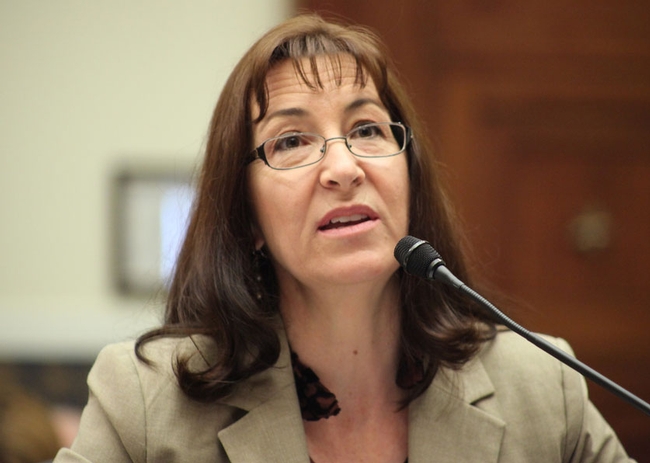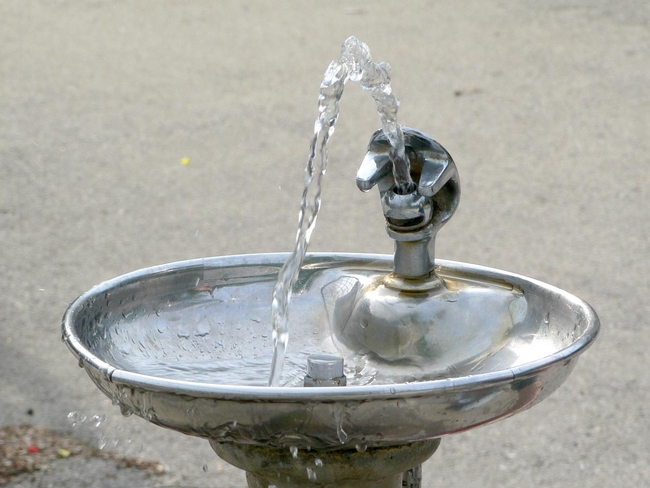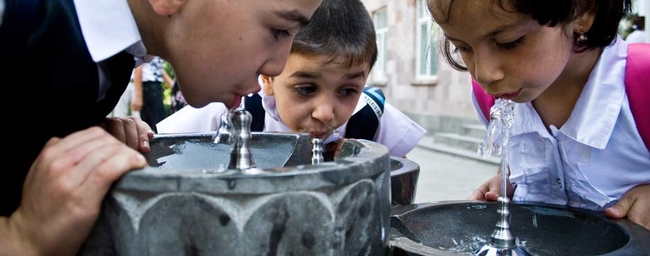Posts Tagged: drinking water
Joining forces to promote child health and wellness
According to current statistics, approximately 40 percent of school-age children in the U.S. are overweight or obese. This statistic is reflected in rising rates of diabetes, pre-diabetes, and heart disease risk factors. Nearly one-quarter of all children are pre-diabetic or diabetic at the time when they leave high school, a figure that has increased dramatically in the last decade. Dental problems, the other very common health problem of youth, carry the potential for current and future pain, infection, and tooth loss. Although low-income children and children of color are at particular risk for both conditions, risk is unacceptably high for all children.
It is important to note that these all-too-common conditions share the same critical risk factor: consumption of sugary foods and beverages. Unknown to many, over half of the added sugar consumed by children is ingested in liquid form—soda, fruit drinks, sports drinks, energy drinks, and other pre-sweetened beverages including iced teas and others. For teenagers sugar-sweetened beverages are the single largest source of calories in their daily diet. Further, research has demonstrated that liquid sugar is more highly related to obesity than added sugar coming in solid form.
To improve the medical and dental health of our children we need to help children and families find ways to reduce their consumption of sugar-sweetened beverages.
Fortunately research is being conducted to find effective ways to reduce children's sweetened beverage consumption.
- Reduce provision of sweetened beverages in the school, after school and childcare settings. UC ANR's Nutrition Policy Institute (NPI) has documented dramatic reductions in sugary beverage consumption after the enactment of state restrictions on the sale of highly sugared beverages in California schools and childcare. While much has been accomplished, more can be done to see that these kinds of restrictions are fully maintained.
- Offering children easy access to water stations and other free tap water sources in childcare settings, schools and recreational facilities provides a healthful alternative to sugary beverages.
- Encourage strong nutrition education programs for children. UC Cooperative Extension's EFNEP and statewide SNAP-Ed programs have been leading efforts to educate children on the value of a healthy diet including the risk of consuming too many sugary beverages.
- Similarly, educating families on healthy eating and on the benefits of reducing sugar-sweetened beverage consumption can support and reinforce the messages to children in the school-based programs.
A consistent message on sugary beverages delivered to families by dental and medical health practitioners, in tandem with other educational and community efforts, can substantially benefit children's health. As respected community members, dental and medical health practitioners are in a position to deliver consistent messages to families and also to work with community agencies and groups, including UC ANR and its affiliates, to initiate and support efforts to reduce children's and families' sugary beverage consumption. Our children deserve a healthy start.
For more information, see:
- Nutrition Policy Institute (http://npi.ucanr.edu)
- National Drinking Water Alliance (http://www.drinkingwateralliance.org/about)
- Dooley D, Moultrie N, Sites E, Crawford P. Primary care interventions to reduce childhood obesity and sugar-sweetened beverage consumption: Food for thought for oral health professionals. Journal of Public Health Dentistry, 16 June 2017. DOI:10.1111/jphd.12229.
Tell the USDA that water should be first for thirst

MyPlate is the infographic used nationally to portray the recommendations in the Dietary Guidelines for Americans.
“The Dietary Guidelines are the nutrition bible for Americans, and MyPlate is used to teach children and adults alike how to follow them,” said Lorrene Ritchie, NPI director. “Americans have the privilege to weigh in on the guidelines and influence the outcome. It's an opportunity that shouldn't be ignored.”
The Nutrition Policy Institute was created in 2014 by UC Agriculture and Natural Resources, the division of the UC system charged with sharing research-based information with the public about healthy communities, nutrition, agricultural production and environmental stewardship. The institute seeks to improve eating habits and reduce obesity, hunger and chronic disease risk in California children and their families and beyond.
Much of Ritchie's research over the course of her 15-year career with UC has focused on the causes of and solutions for child obesity, which has led her to become a strong advocate for drinking water.
“It is clear from the evidence that a major contributor to obesity is sugary drinks," Ritchie said. "And the healthiest alternative to sugary drinks is plain water.
Before the 2015 Dietary Guidelines Advisory Committee released its report last month, NPI asked the committee to include strong language encouraging the consumption of water as the beverage of choice for adults and children. The committee's report says, “Strategies are needed to encourage the U.S. population to drink water when they are thirsty. Water provides a healthy, low-cost, zero-calorie beverage option.”
“I was very pleased to see that recommendation in the committee's report,” Ritchie said.
Now Ritchie said she is hopeful that the guidelines' most-used educational companion, MyPlate, will reflect the committee's statement. The public can help.
“We are urging people to send comments to the USDA,” Ritchie said. “Tell Washington to make water first for thirst and ask the USDA to reinforce it with an icon for water on MyPlate.”
Anyone can submit comments on the report and many special interest groups, industry representatives, advocates and policymakers are expected to do so. USDA promises to read all comments, so the opinions of concerned individuals – such as parents, teachers, doctors, nurses, etc. – will also carry significant weight.
The UC Nutrition Policy Institute developed a “Take Action!” page on its website with easy-to-follow guidelines for submitting comments on the Dietary Guidelines for Americans.
For more information, see the Nutrition Policy Institute website.
An initiative to maintain and enhance healthy families and communities is part of UC Agriculture and Natural Resources Strategic Vision 2025.
Scientists ask USDA to add water to MyPlate

Ritchie has joined with dozens of nutrition and health professionals around the country to ask that the USDA put water onto MyPlate.
“We don't have all the answers to overcoming obesity, but the research on sugar-sweetened beverages is very clear,” Ritchie said. “When you drink beverages like soda, sports drinks or punch, the sugar gets absorbed very rapidly and the body doesn't recognize the calories. The result is excess calories and weight gain.”
The USDA introduced MyPlate in 2011 to reflect the message of its Dietary Guidelines for Americans, 2010. Federal law requires that the guidelines be reviewed, updated and published every five years.
“USDA officials say that, in order to change MyPlate, there must be more information in the dietary guidelines about water,” Ritchie said. “We are working through the public comment process to ask the advisory board to promote water as the beverage of choice.”
The ultimate goal – a new water icon on MyPlate – is important because of its high visibility. MyPlate is found on elementary school classroom walls and cereal boxes; at community gardens and the grocery store produce aisle.

“They see MyPlate as the face of the dietary guidelines and are very supportive of using the image as a teaching tool,” Hecht said. “They also supported the idea of adding a symbol for water.”
She shared the California educators' thoughts on MyPlate with her USDA contacts. “When they get a story from the field, it really matters to them,” Hecht said.
Ritchie and her colleagues around the country submitted a “Best of Science” letter to the Dietary Guidelines Advisory Committee imploring them to strengthen the language for drinking water.
“Current research indicates that children, in particular, are subject to ‘voluntary dehydration' from low intake of plain water,” the letter says. “Between 2005 and 2010, more than a quarter of children aged 4 to 13 years old in the U.S. did not have a drink of plain water on two consecutive days.”
Instead, they are drinking sugary beverages. National surveys in the early 2000s found that, on any given day, 84 percent of 2- to 5-year-old children drank sugar-sweetened beverages like sodas, sports drinks and fruit punch. The calories amounted to 11 percent of the children's total energy intake.

- Sugar-sweetened beverages – including sodas, juice drinks, pre-sweetened tea and coffee drinks, and fortified or energy drinks – are among the top sources of calories for children and adolescents.
- Between the late 1960s and early 2000s the consumption of sugar-sweetened beverages doubled.
- While the American Heart Association recommends no more than 6 teaspoons of added sugars per day for women and 9 teaspoons per day for men, the average U.S. consumption is 17 teaspoons per day.
- Low-income populations have higher intakes of sugar-sweetened beveragesand Latino children drink more of them than white children.
- Cardiovascular disease, present in more than one-third of American adults, is now understood to be exacerbated by the inflammatory effects of excess sugar consumption.
- Excess sugar consumption is a risk factor for non-alcoholic fatty liver disease, a precursor to diabetes.
Best of Science Letter

